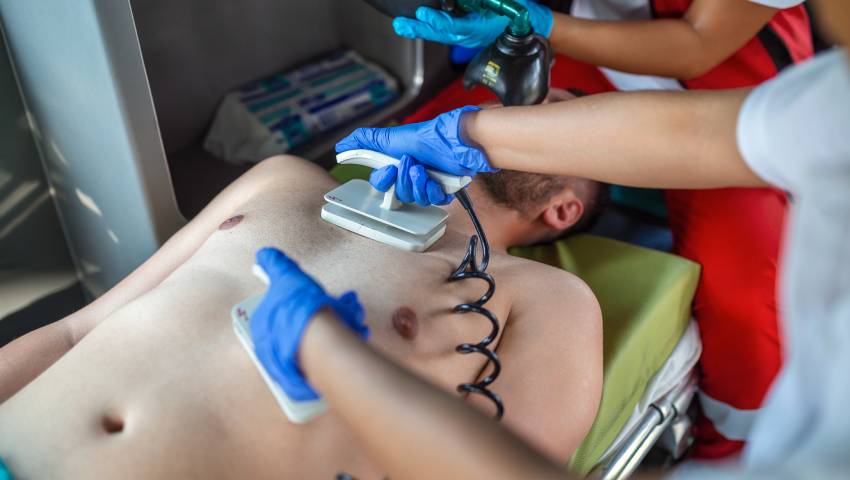Cardiopulmonary resuscitation (CPR) is a lifesaving technique that’s useful in many emergencies in which someone’s breathing or heartbeat has stopped. For example, when someone has a heart attack or nearly drowns. The American Heart Association recommends starting CPR with hard and fast chest compressions. This hands-only CPR recommendation applies to both untrained bystanders and first responders. If you’re afraid to do CPR or unsure how to perform CPR correctly, know that it’s always better to try than to do nothing at all. The difference between doing something and doing nothing could be someone’s life. In this blog, Dr. Kartik Bhosale will guide on how to perform CPR correctly, its importance, and its application in emergencies.
What is CPR?
CPR, which stands for Cardiopulmonary Resuscitation, is a crucial life-saving procedure. It’s performed on people experiencing cardiac arrest or those who have stopped breathing.
When is CPR used?
Cardiopulmonary Resuscitation, commonly referred to as CPR, is a vital technique for saving lives during emergencies. It is employed when someone’s heart ceases to beat or their breathing becomes ineffective. CPR is an immediate response designed to restore blood circulation and ensure oxygen supply to critical organs when the heart and lungs are not functioning properly.
- Sudden Collapse: Imagine someone suddenly collapsing to the ground, losing their usual composure and stability.
- Failure to Respond: In moments of crisis, when a person doesn’t react or respond to attempts at communication or stimulation, it can be deeply concerning.
- Cessation of Breathing: When an individual’s ability to breathe stops, and they can’t draw in air on their own, it becomes a critical situation.
- Absence of Detectable Pulse: In cases where there’s no discernible heartbeat or pulse, signaling a severe cardiac emergency, the urgency cannot be overstated.
How to do CPR?
In an emergency where someone’s heart has stopped beating or they’re not breathing effectively, knowing CPR can be a life-saver.
Here’s a simple guide to performing CPR:
- Open the Airway: Gently tilt the victim’s head back and lift their chin to open the airway. Observe, listen, and feel for breathing. This should take no more than 10 seconds. If there’s no breathing or just gasping, move on to CPR.
- Start Chest Compressions: Place the heel of one hand at the center of the victim’s chest. Lay your other hand on top, interlocking your fingers. Position yourself with your shoulders directly above your hands, keeping your arms straight. Use your upper body weight to apply firm, rhythmic chest compressions. Aim for a pace of about 100-120 compressions per minute. Push the chest down at least 2 inches (about 5 centimeters) deep with each compression, allowing the chest to fully recoil between pushes.
- Rescue Breaths (If Trained): After 30 chest compressions, proceed with two rescue breaths. Tilt the victim’s head back and lift their chin once more to maintain the open airway. Pinch the victim’s nose closed. Create an airtight seal by placing your mouth over theirs. Give a breath lasting approximately 1 second, ensuring you see their chest rise. Repeat this for the second breath.
- Continue CPR: If you’re trained in CPR, continue with cycles of 30 chest compressions followed by 2 rescue breaths. If you’re not trained, it’s okay—stick to chest compressions only.
Remember, CPR is a valuable skill, and proper training can make a significant difference in emergencies. Your quick and effective response can greatly improve the chances of saving a life when it matters most. CPR offers immediate assistance, sustains vital oxygenation, boosts survival rates, serves as a bridge to professional care, minimizes brain damage, and proves effective in a wide range of emergencies, ultimately saving lives.
For more information & treatment, consult with Dr. Kartik Bhosale.







